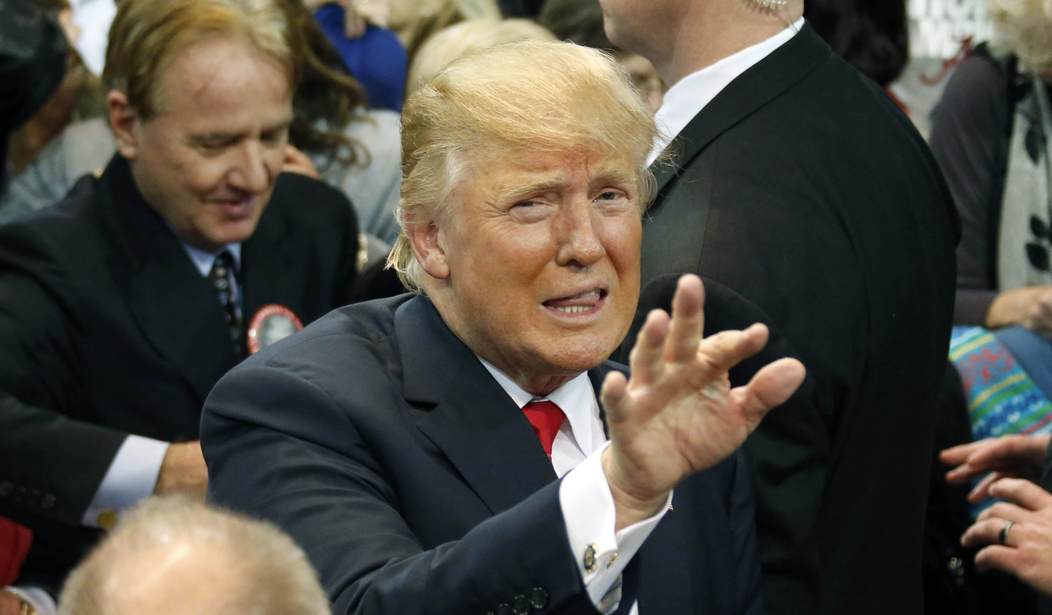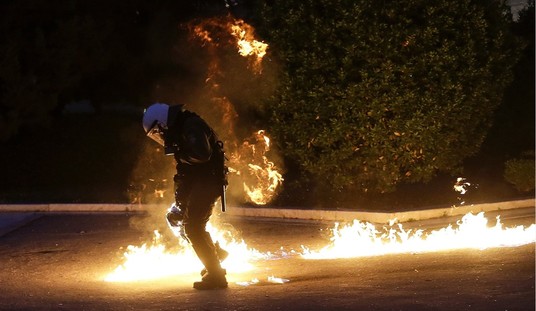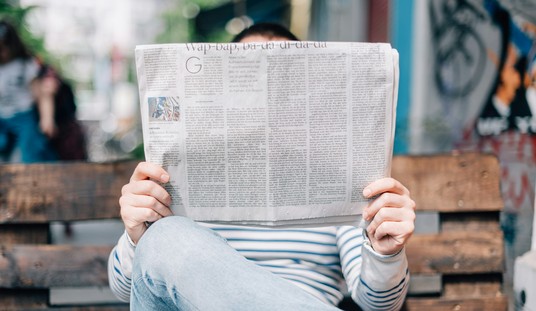Susan Mulcahy remembers the 1980s, when she was writing for and editing the New York Post’s Page Six gossip column:
Trump seemed an ideal subject for us, as apt a symbol of the gaudy 1980s as a Christian Lacroix pouf skirt—and just as shiny and inflated. Lacroix at least used excellent materials. Trump turned out to be the king of ersatz. Not just fake, but false. He lied about everything, with gusto. But that was not immediately apparent. Not to me, anyway.
…
It should be simple to write about publicity hounds, and often it is, because they’ll do anything to earn the attention they crave. Trump had a different way of doing things. He wanted attention, but he could not control his pathological lying. Which made him, as story subjects go, a lot of work. Every statement he uttered required more than the usual amount of fact-checking. If Trump said, “Good morning,” you could be pretty sure it was five o’clock in the afternoon.I once received a tip that Trump and Richard Nixon had had a lengthy meeting in Trump’s office. Trump said he knew nothing about it. I ran the story, not only because I had an excellent source, but also because a Nixon aide confirmed it. Nixon, who was shopping for a condo the day he met with Trump, may have had issues with credibility in his time, but over Trump, I’d have believed him any day. Trump was such a pretender he even used to fake being his own spokesman, as I learned recently, though I never heard from the faux flack he called John Barron. My Trump items came from all over the place—never Trump himself—and when I called to check on something, he usually lied to me directly.
Denying facts was almost a sport for Trump, and extended even to mundane matters.
Read the whole thing, although this next bit is far more depressing than any of Trump’s endless lies:
Also, Trump was so outrageous—and outrageously tacky—it was a constant temptation to write about his antics, particularly because he thought he was the height of sophistication. He didn’t seem to understand, for instance, that if he wanted the respect of Manhattan’s cognoscenti, he should have left the beloved Bonwit Teller building in place on 57th Street, or at least given the bas-relief sculptures on the department store’s façade to the Metropolitan Museum, which wanted them for its collections. He smashed them to bits instead, declaring them of no artistic value, though a prominent art dealer who had agreed to appraise them said they were as significant as the Art Deco sculptures at Rockefeller Center. In 1980, down came Bonwit’s, soon to be replaced by Trump Tower.
Sad.
What might interest you most about Mulcahy’s article is the details concerning Trump’s ill-fated attempt to turn Manhattan’s then-undeveloped Lincoln West:
The property, which stretched from 59th to 72nd streets, for a time had been known as Television City, when it looked as though NBC would be the anchor tenant in an enormous new complex. To entice the TV network, which had been making rumblings about moving from Rockefeller Center to New Jersey, Trump needed to offer below-market rents, and for that he required tax abatements. He didn’t get them. Trump and Mayor Ed Koch engaged in a public shouting match that offered a preview of the Trump now running for president.
Trump is running as an outsider, and I suppose he is an outsider to the GOP — but his record of insider wheeler-dealing in NYC is long and sordid. Mulcahy’s piece is just the first of what is sure to be many articles now that he’s the presumptive nominee.
Remember what the press did with Romney’s positive business record of job creation and philanthropy? Imagine what they’ll do with Trump’s.










Join the conversation as a VIP Member